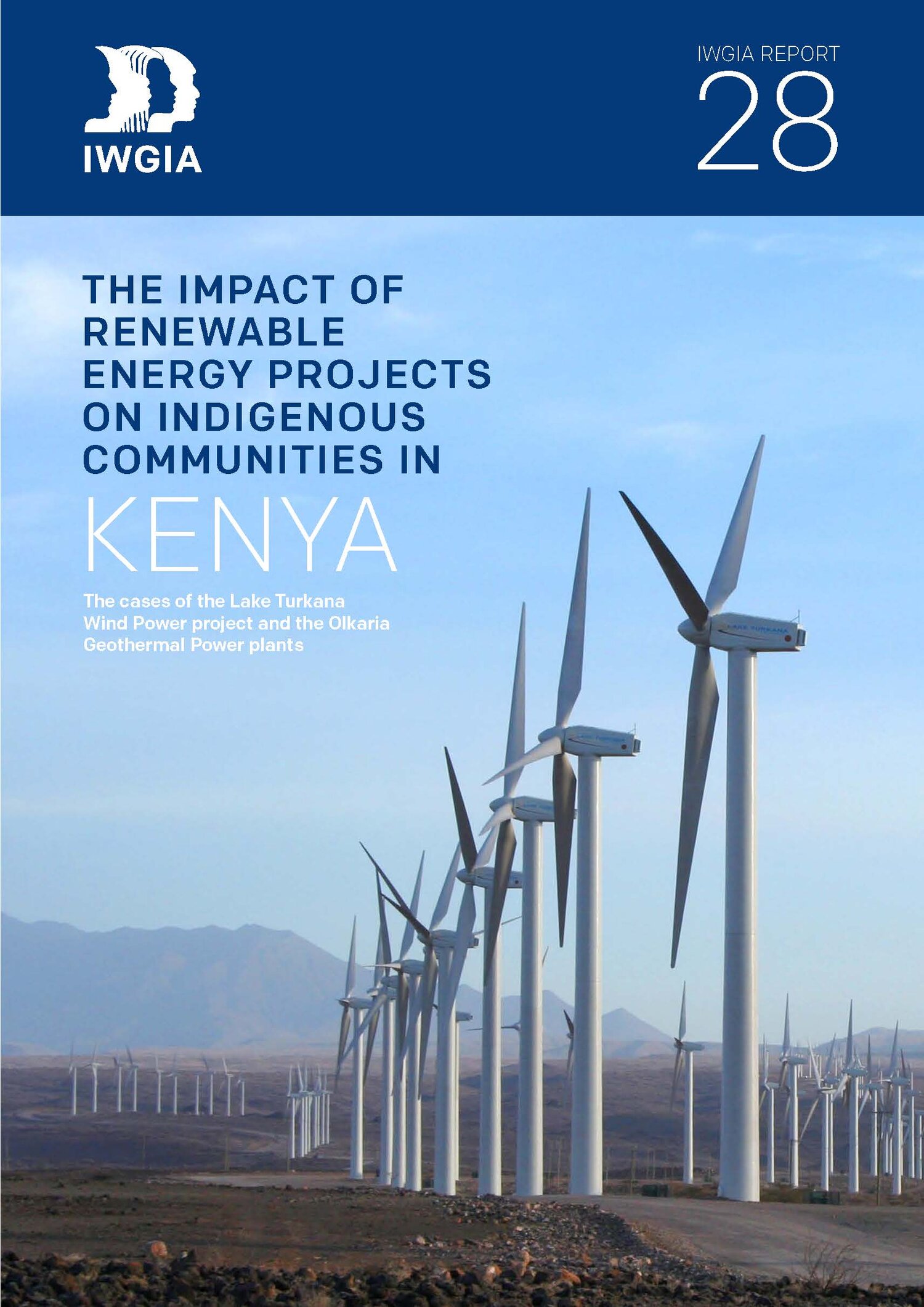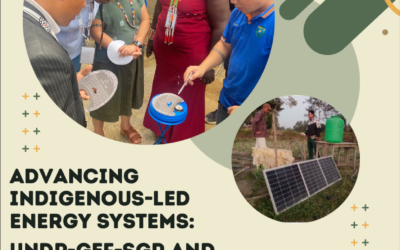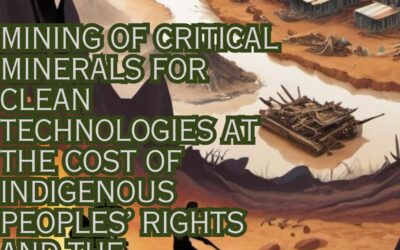
IWGIA’s latest human rights report examines the sociocultural impacts two particular projects – the Lake Turkana Wind Power project and Olkaria Geothermal Power plants – are having in several Indigenous communities in Kenya.
Through its ambitious national development plan – Kenya Vision 2030 – Kenya sets out to be a regional leader in sustainable industrialisation, including an aim to transition to 100% renewable energy by this year, 2020. The energy sector is experiencing high demand and also a shift from former dominant state actors towards a rapidly growing private sector which is now accounting for 43% of Kenya´s energy generation, including both projects examined in this report.
In general, Indigenous Peoples support the transition to green energy as this is an important element of combatting climate change, which in many cases particularly affects the areas where Indigenous Peoples live. However, Indigenous Peoples demand that their fundamental collective human rights must be respected when such large-scale projects are undertaken, as currently their lands are often seen by the state and private corporations as virgin land up for grabs to develop and exploit.
Author: Ilse Renkens
Number of pages: 48
ISBN number: 978-87-92786-96-8
Publication language: English
Country publication is about: Kenya
Region publication is about: Africa
Release year: 2019
Release month/day: December
Related publication(s): 3204
Source: IWGIA





0 Comments